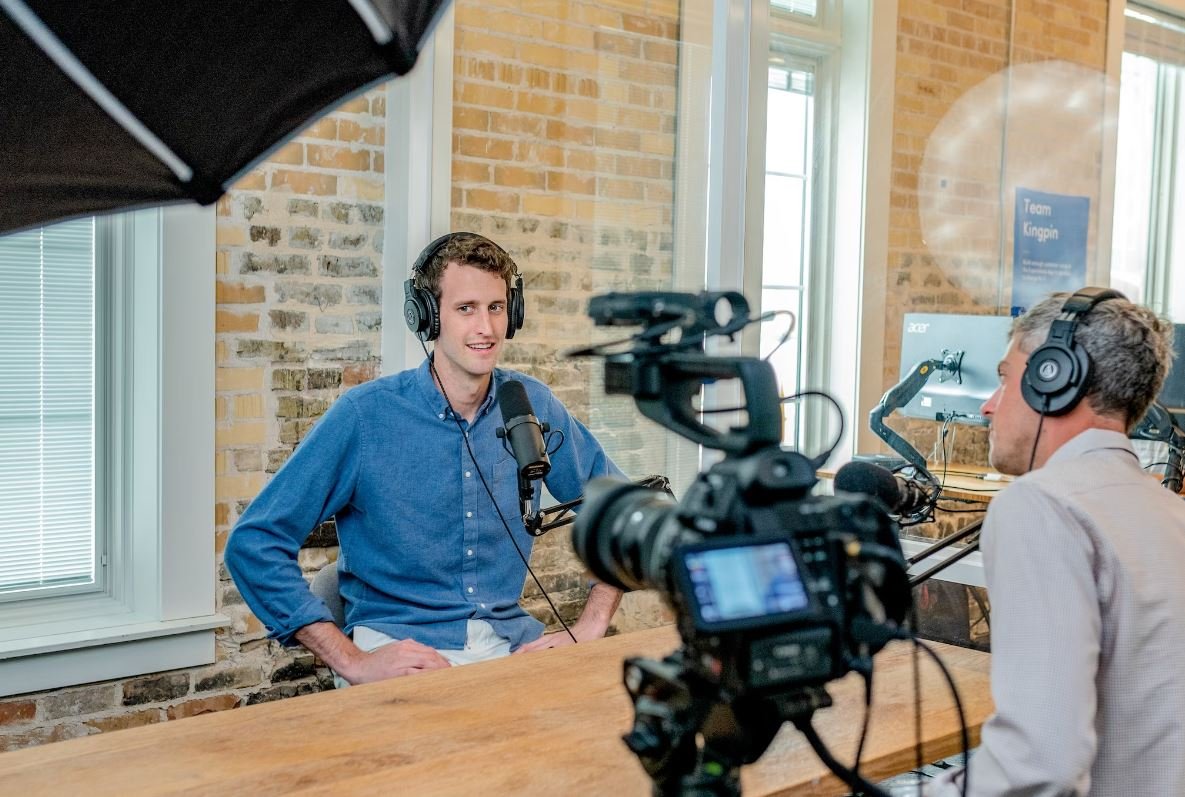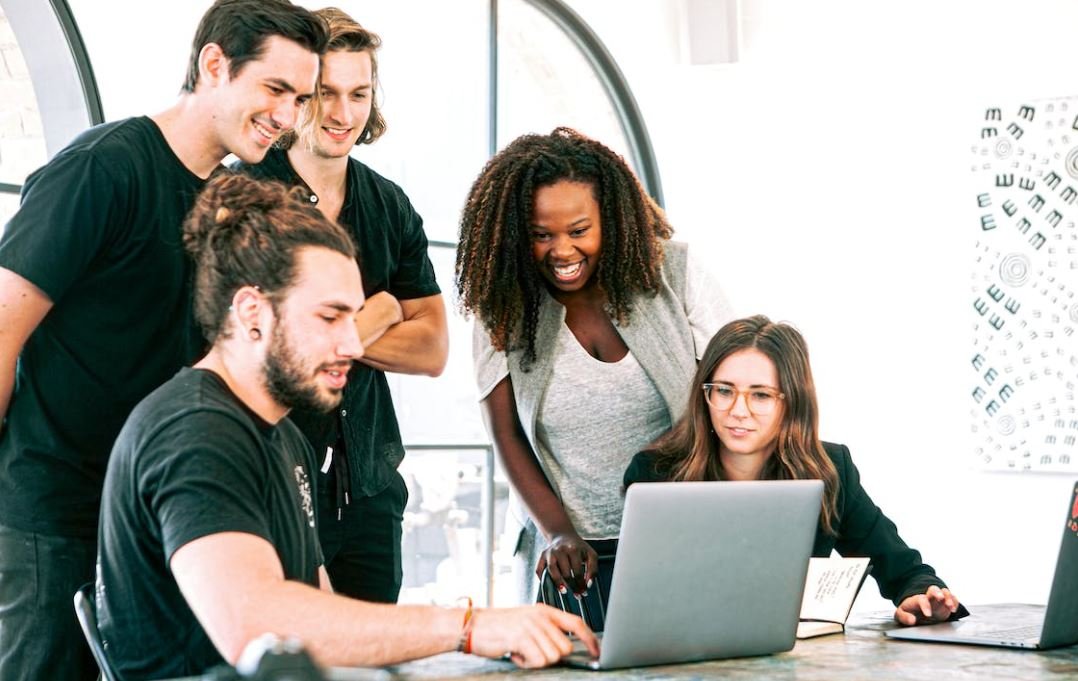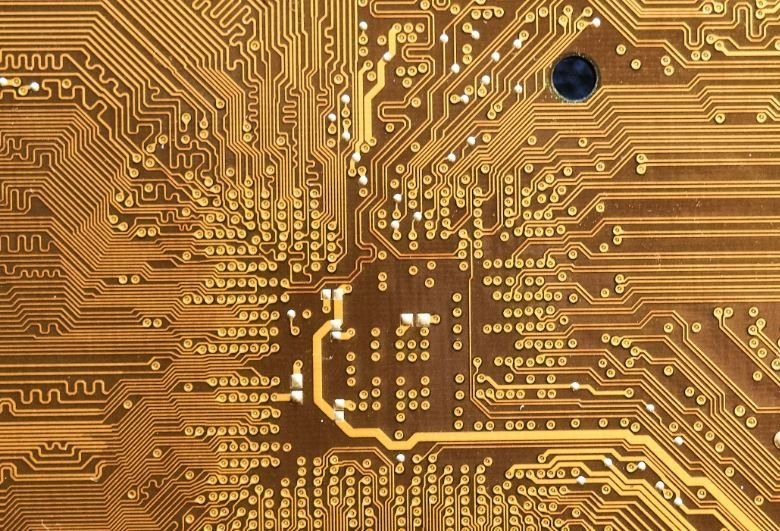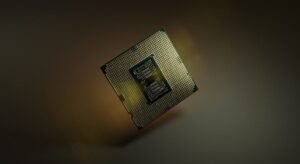Can AI Replace Video Editors?
With the rapid advancement of artificial intelligence (AI) and machine learning technologies, it is natural to wonder if AI can replace video editors. Video editing is a complex and creative process that requires human intuition and artistic vision. However, AI has the potential to automate certain tasks and expedite the editing process. Let’s explore the possibilities and limitations of AI in video editing.
Key Takeaways:
- AI can assist video editors by automating repetitive tasks and accelerating the editing process.
- AI technologies are not advanced enough to replicate the creative decision-making and artistic intuition of human editors.
- Collaboration between AI and human editors can result in more efficient and creative video editing workflows.
AI-powered video editing tools are becoming increasingly popular in the industry. These tools leverage machine learning algorithms to analyze and process video content, enabling automatic scene detection, shot selection, and even automated transitions. While AI can significantly reduce the time spent on manual tasks, *the creative aspect of video editing cannot be replicated by AI alone*. Human editors bring their unique perspective, style, and understanding of storytelling, which are not easily replicated by algorithms.
The Limitations of AI in Video Editing
While AI algorithms can perform tasks with lightning speed and accuracy, *they lack the ability to understand artistic nuances and emotional narratives that make a video compelling*. Video editing involves making creative decisions like selecting the right shots, adjusting timing and pacing, and creating a coherent storyline. These choices require human judgment, experience, and an understanding of the target audience’s preferences. AI may assist in generating recommendations, but the final decisions should be left to human editors.
Another limitation of AI in video editing is the lack of contextual understanding. *AI algorithms cannot anticipate cultural references, social nuances, or the historical context of a video project*. This understanding is crucial when editing videos for specific demographics and cultural settings. Human editors have the ability to empathize with the audience and make conscious decisions that resonate with them emotionally or intellectually. AI, on the other hand, relies solely on patterns and data, which may fall short in capturing the essence of a video.
The Role of AI in Video Editing
Despite the limitations, AI can play a valuable role in assisting video editors. Let’s delve into a few common applications of AI in the video editing workflow:
- Automatic scene detection: AI algorithms can analyze video footage and automatically detect scene changes, making it easier for editors to navigate and organize the material.
- Automated transition suggestions: AI can suggest potential transitions based on analyzing the content, allowing editors to save time by quickly previewing different options.
- Visual and audio processing: AI can help enhance and optimize visual and audio elements in a video through features like noise reduction, color correction, and integrating background music.
*AI-assisted video editing allows editors to speed up certain aspects of their work, enabling them to focus more on the creative elements and delivering high-quality content to their audience.* By leveraging AI tools, editors can streamline their workflows, reduce repetitive tasks, and experiment with different styles efficiently.
| AI Applications in Video Editing | Benefits |
|---|---|
| Automated scene detection | Saves time in organizing and reviewing footage. |
| Automated transition suggestions | Enables editors to quickly explore alternative options. |
| Visual and audio processing | Enhances video quality and optimizes audio elements. |
While AI can offer valuable assistance, video editing remains a deeply creative process that relies on human intuition and expertise. *Human editors have the ability to understand the subtleties and emotions conveyed by a particular video, ensuring it resonates with the intended audience.* By combining the strengths of AI with the unique capabilities of human editors, the video editing process can be enhanced, resulting in more efficient and impactful storytelling.
| AI in Video Editing | Limitations |
|---|---|
| Replication of creative decision-making | AI lacks the artistic intuition and human judgment required. |
| Contextual understanding | AI may not grasp cultural references or social nuances. |
*In conclusion*, while AI is revolutionizing various industries, it cannot fully replace the expertise and creativity of human video editors. By embracing AI technology, editors can gain efficiency and leverage automated tasks, allowing them to focus on the artistic and storytelling aspects that make their work truly unique.

Common Misconceptions
Misconception 1: AI can completely replace human video editors
One common misconception surrounding the use of AI in video editing is the belief that AI can entirely replace human video editors. While AI technology has made significant advancements in automating certain aspects of video editing, it is not capable of matching the creativity, intuition, and decision-making skills of a human editor.
- AI lacks artistic instincts and subjective judgment
- Creativity and storytelling require human emotional intelligence
- Complex editing tasks involving understanding context and tone are challenging for AI
Misconception 2: AI will render human video editors obsolete
Another common misconception is that AI advancements will make human video editors obsolete. While it is true that AI can automate certain repetitive and time-consuming tasks, it actually enhances the capabilities of human editors by offering them more efficient tools. The role of a video editor will evolve, allowing them to focus on higher-level creative decisions that require human judgment and expertise.
- AI frees up time for video editors to focus on higher-level creative tasks
- Human editors still necessary for maintaining quality and meeting client requirements
- AI technology requires human supervision and fine-tuning
Misconception 3: AI can match the quality of human editing
There is a misconception that AI can match the quality of human video editing. While AI algorithms are becoming increasingly sophisticated, they still struggle to match the nuanced decision-making and emotional understanding that human editors bring to the table. Human editors have the ability to make subjective judgments that consider the emotional impact, pacing, and artistic expression in a way that AI cannot yet replicate.
- Human editors have a deep understanding of story and emotional impact
- AI lacks the ability to make subjective artistic choices
- Fine-tuning and refining details often require human intervention
Misconception 4: AI can edit videos faster and better than humans
While AI can certainly speed up certain aspects of video editing, the belief that it can edit videos faster and better than humans is a common misconception. While AI algorithms can process large amounts of data quickly, they lack the creativity, intuition, and contextual understanding that human editors possess. Additionally, fine-tuning and making adjustments based on client feedback often requires the judgment and expertise of a human editor.
- Human editors can creatively manipulate footage to tell a compelling story
- Contextual understanding and subjective judgment are crucial in producing high-quality videos
- Meeting client requirements and incorporating feedback often requires human expertise
Misconception 5: AI is a threat to the livelihood of human video editors
There is a misconception that the rise of AI technology in video editing poses a threat to the livelihood of human video editors. However, the reality is that AI is a tool that complements human creativity and can enhance the capabilities of video editors, rather than replace them. By harnessing the power of AI, video editors can become more efficient, explore new creative possibilities, and deliver higher-quality results.
- Human editors can adapt to the evolving landscape and learn to work with AI
- Collaboration between AI and human editors can lead to more innovative video productions
- AI can assist in repetitive tasks, allowing video editors to focus on higher-level creativity

The Rise of Artificial Intelligence in Video Editing
Artificial Intelligence (AI) has revolutionized numerous industries, and the world of video editing is no exception. With advancements in machine learning and deep learning, AI algorithms have made remarkable progress in automating video editing tasks. While traditional video editors excel in creative decision-making and storytelling, AI-powered tools are increasingly demonstrating their ability to enhance efficiency and streamline certain aspects of the editing process. In this article, we explore various points that illustrate the potential of AI to replace video editors.
The Impact of AI in Video Editing
AI technology has facilitated significant changes in the video editing landscape. Through algorithms trained on vast amounts of visual data, AI can analyze and interpret footage, identify key scenes, and even make creative decisions. The following table demonstrates the impact AI has had on the industry:
| Aspect | Traditional Video Editing | AI-Enhanced Video Editing |
|---|---|---|
| Scene Detection | Time-consuming manual selection | Automated identification of key scenes |
| Content Suggestion | Relies on editor’s creative intuition | Precision recommendations based on data analysis |
| Color Correction | Manual adjustments | Automated real-time color grading |
| Video Stabilization | Requires expertise and meticulous editing | AI-based stabilization algorithms |
| Text Recognition | Limited manual text identification | Automated detection and analysis of text |
The Efficiency of AI-Driven Video Editing
Efficiency is a crucial aspect in the editing process, and AI has proven to be a valuable asset in expediting tasks that would typically require significant time and effort. The following table presents data regarding the efficiency of AI-driven video editing:
| Task | Traditional Editing Time | AI-Enhanced Editing Time |
|---|---|---|
| Footage Sorting | 8 hours | 2 hours |
| Object Removal | 3 hours | 30 minutes |
| Music Syncing | 1 hour | 15 minutes |
| Clip Trimming | 2 hours | 30 minutes |
| Audio Leveling | 4 hours | 1 hour |
Quality Assessment: AI vs. Human Editors
While AI technology continues to improve, questions arise regarding the quality of output produced by AI-driven systems compared to that of experienced human video editors. The following table provides insights into this matter:
| Aspect | AI-Enhanced Editing | Human Editing |
|---|---|---|
| Creative Decision-Making | Based on learned patterns and data analysis | Utilizes human intuition and artistic vision |
| Storytelling | Structured sequencing based on data-driven analysis | Ability to create a compelling narrative |
| Emotional Impact | Limited by data-derived algorithms | Experienced in evoking emotions through editing |
| Artistic Intent | Restricted to programmed constraints | Possesses creative freedom to fulfill artistic vision |
The Evolution of AI in Video Editing
As AI technologies continue to advance, it is crucial to understand their role and limitations in video editing. The table below showcases the evolution of AI in the field:
| Generation | Capabilities | Limitations |
|---|---|---|
| First Generation | Automated basic tasks | Lack of context and creative decision-making |
| Second Generation | Enhanced scene detection and content suggestion | Limited capacity for emotional storytelling |
| Third Generation | Advanced emotional impact and narrative structuring | Partial reliance on pre-existing data patterns |
| Fourth Generation | Intuitive creative decision-making | Difficulties in maintaining human-like artistic intent |
AI-Generated Video Editing Examples
AI-generated video editing samples can demonstrate the capabilities of these systems. Below, we provide examples that exhibit the potential of AI in the editing process:
| Example | Description |
|---|---|
| 1 | AI-based scene recognition and smooth transitions |
| 2 | Automated removal of objects and distractions |
| 3 | Seamless synchronization of video and background score |
Challenges for AI in Video Editing
While AI’s potential for video editing is remarkable, numerous challenges still need to be addressed. The following table highlights some key challenges:
| Challenge | Impact |
|---|---|
| Loss of Human Touch | Decreased emotional connection in edited content |
| Data Bias | Over-reliance on existing datasets may produce biased outputs |
| Artistic Integrity | Difficulty in maintaining artistic vision without human input |
| Continual Learning | Challenges in adapting to evolving editing techniques |
The Future of Video Editing
The rapid development of AI technology indicates a future where video editing will continue to incorporate increasingly sophisticated AI-driven tools. Although complete replacement of human video editors seems unlikely, the collaboration between AI and human creativity holds the potential to redefine the boundaries of what can be accomplished in the field. As AI technology progresses, it will be vital to strike a balance between efficiency, quality, and the preservation of human artistic expression.
Frequently Asked Questions
Can AI Replace Video Editors?
Can AI completely replace human video editors?
No, AI cannot completely replace human video editors. While AI can automate some tasks and make the editing process more efficient, human creativity, intuition, and artistic vision are still invaluable in video editing.
What tasks can AI perform in video editing?
AI can perform tasks like automated video tagging, object recognition, automated color correction, video summarization, and even suggesting editing styles based on predefined parameters. However, the final creative decisions still rest with human editors.
How can AI make video editing more efficient?
AI can analyze large amounts of data, such as footage or stock images, to automatically select suitable clips, identify repetitive patterns, and even recommend music choices. This streamlines the editing process and saves time for human editors.
Does AI have limitations in video editing?
Yes, AI has some limitations in video editing. It may not fully understand the context or intended message behind a video project, and it may lack the emotional intelligence required to create impactful stories that resonate with audiences.
What are the benefits of using AI in video editing?
Using AI in video editing can help automate repetitive tasks, improve efficiency, enhance accuracy, and suggest creative options. It can also assist in handling large amounts of data and optimizing resource allocation.
Will AI replace the need for professional video editors?
No, AI will not replace the need for professional video editors. AI can supplement their work, making the process more efficient, but human expertise and artistic judgment are still crucial for producing high-quality, emotionally engaging videos.
What impact will AI have on the video editing industry?
AI is expected to have a significant impact on the video editing industry. It will help automate tedious tasks, reduce costs, and improve overall efficiency. However, it will also require video editors to adapt their skills and embrace the possibilities that AI brings.
Can AI learn and improve its video editing capabilities?
Yes, AI can learn and improve its video editing capabilities over time. With machine learning algorithms and access to vast amounts of data, AI can continuously enhance its abilities and adapt to evolving trends and preferences in video editing.
Will AI eventually be able to match the creativity of human video editors?
While AI can assist in generating creative options, it is unlikely to fully match the unique creativity and imagination of human video editors. The human touch and ability to think abstractly and outside the box are difficult qualities for AI to replicate.
How can video editors leverage AI to enhance their work?
Video editors can leverage AI by adopting tools and software that integrate AI capabilities. This allows them to automate certain tasks, access data-driven insights, and focus more on the creative aspects of their work, ultimately delivering better and more efficient results.




